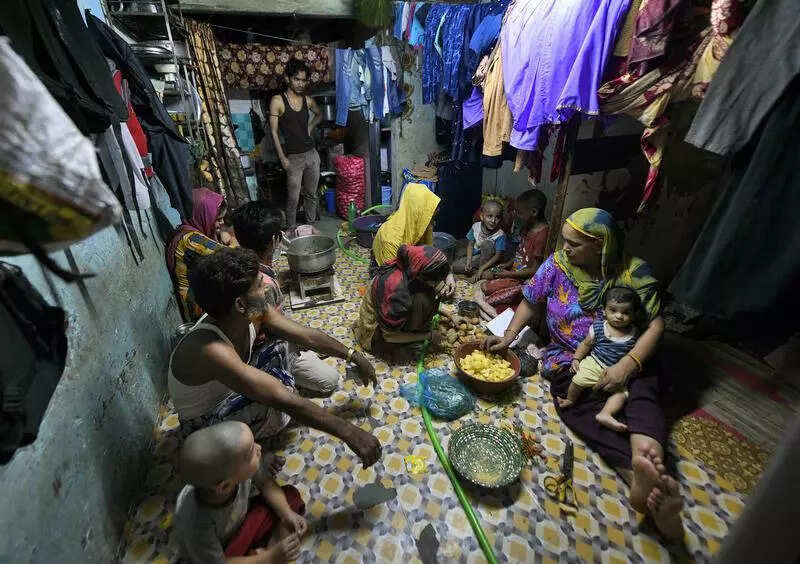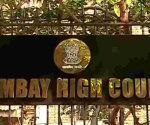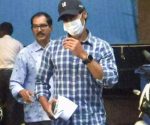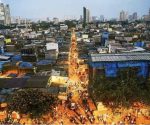Fears of displacement linked to community ties and a fading way of life | Mumbai News – Times of India

Mumbai: Dharavi is not only a melting pot of various religions but of multiple cottage industries.The settlement likely came up in 1884 when the British moved tanneries and “polluting units” outside the main city limits. Tamilians were the first to arrive here after the original Koli inhabitants and the potters of Kumbharwada. Today natives of Uttar Pradesh and Bihar form a sizable number too.From leather to textiles, pottery to papads, trades are helmed by specific communities. Small home enterprises, many owned by women, roll out heaps of papads that are supplied to retail chains. Mysore Pak, a favourite South Indian sweet, is made and sold here as are bakery items and farsan. Men work as drivers for app cabs, or run shops or do menial labour.Extended families stay in close proximity, having built tall structures, sometimes circumventing the rules. The prospect of redevelopment does bring hope of better housing for those who will be rehabilitated there. However, others who fear displacement cite not only loss of homes, but businesses and community ties. The loss of intangible heritage involves community shrines, schools, even Rajinikanth fan clubs whose members would wait for Thalaivar’s film to release at Aurora Cinema, and arrive to perform milk ‘abhishek’ on his giant posters.“Dharavi’s economy and society flourished with the arrival of Tamilians who built temples, theatres, businesses. Although many families have now migrated northward to Chembur, Virar, Nallasopara, Kalyan-Dombivli, the community still dominates the area. Various Sanghams belonging to different sub sects celebrate festivals like Pongal, Ganeshotsav and Diwali,” said M Jesuraj, president incharge of the DMK in Mumbai.Maran Nayagam, general secretary of The Bombay South Indian Adi Dravid Mahajan Sangh, who was born and raised in Dharavi, cites a list of landmarks including a 150-year-old Ganesh temple whose existence is under threat. “Will it be preserved or rebuilt, and will its priests and caretakers be displaced or be able to continue worship?” Nayagam, who is chairman of an educational trust, says the local schools which provide cheap education to poor Tamil students are similarly sacred and valuable.Basheer Shaikh, secretary of a mosque, says Dharavi is a close knit community. “We all look out for each other. During the pandemic, our mosque and several other institutions and NGOs served food to hundreds of people. Nobody asked if you were Hindu or Muslim. We live like brothers, like a mini India.”Rev. Prabhu J, pastor of Good Shepherd Church which has about 5,800 subscribers, says, “People of all faiths live in peace because of interdependence. They live in very close proximity, sharing common toilets and public spaces, living in narrow lanes where houses are set cheek by jowl. We share food and sweets during festivals. People lived in mixed communities. And the diversity is not limited to religion but within the same religion also.“Indeed, there are Thevar and Nadar enclaves among Tamilians within Dharavi.Rev Prabhu voices the fears of the flock. “Do you know, when Covid-19 struck, 20% of Dharavi’s inhabitants were forced to return to their villages? They live in rented homes and were unable to pay rent. They live a frugal existence. Once redevelopment comes, they will shift to bigger spaces with better amenities, and outgoings and expenses will increase. Yet of course there is another segment which looks forward to bigger, better homes and improved quality of life.“
















